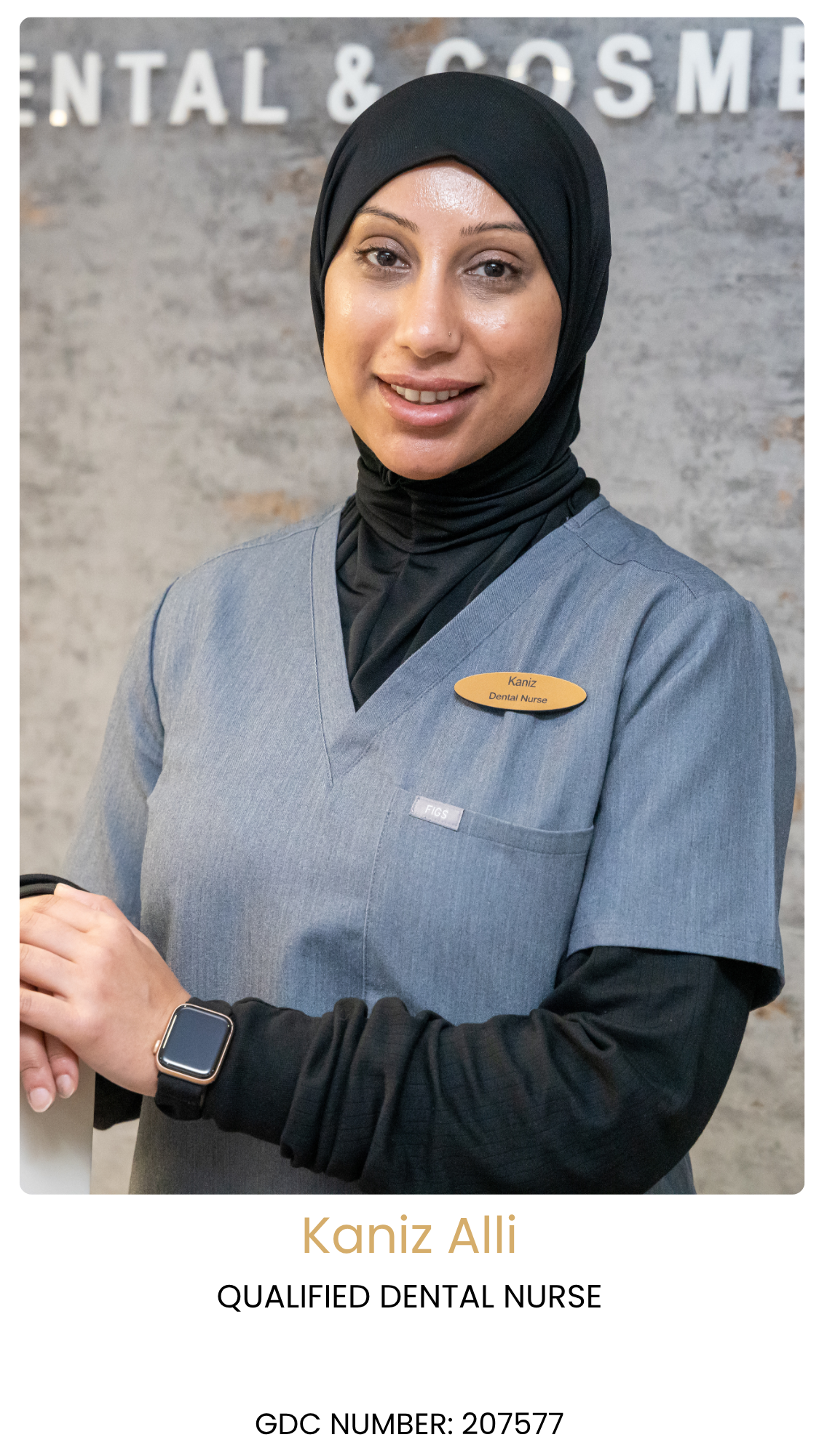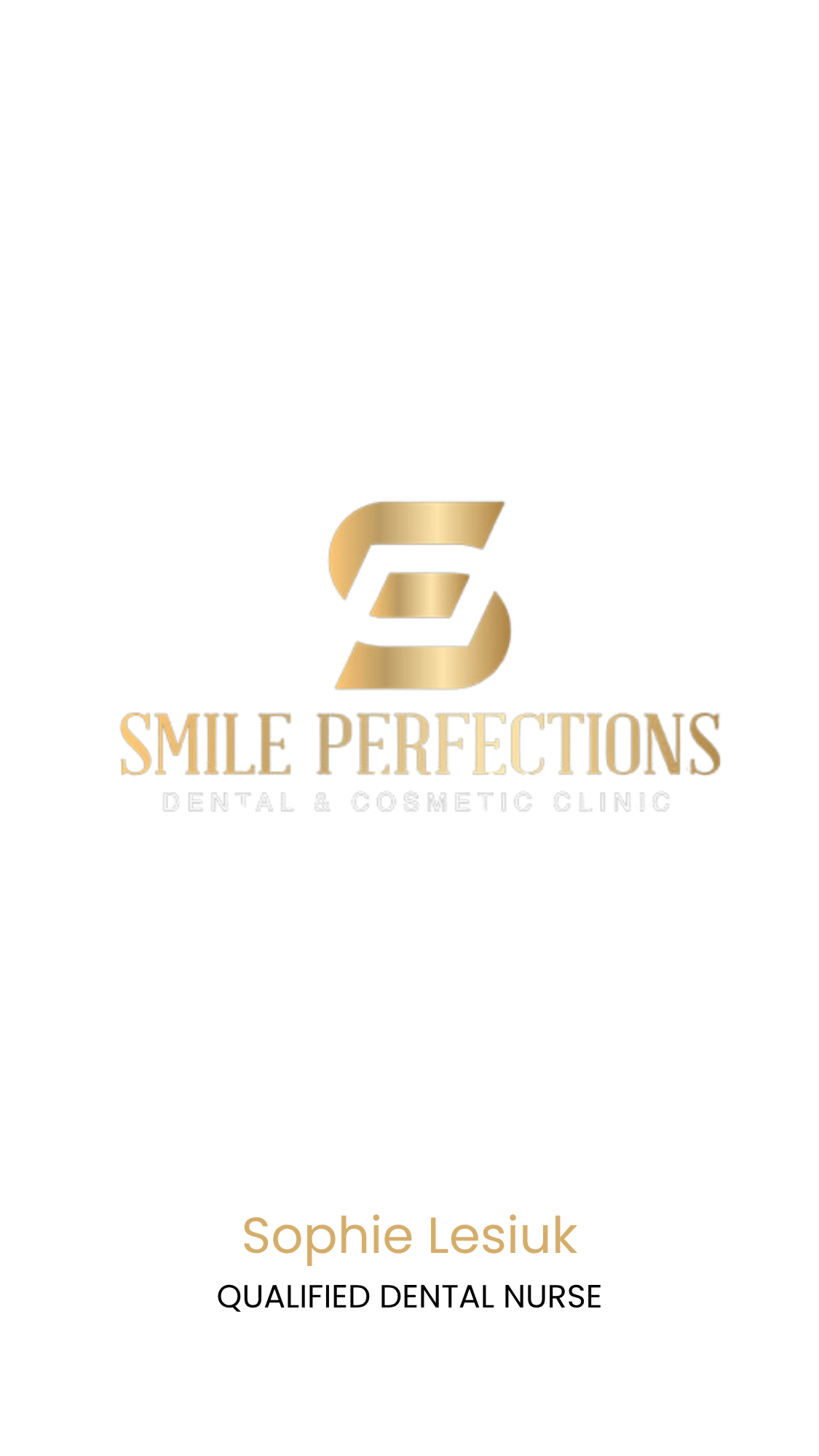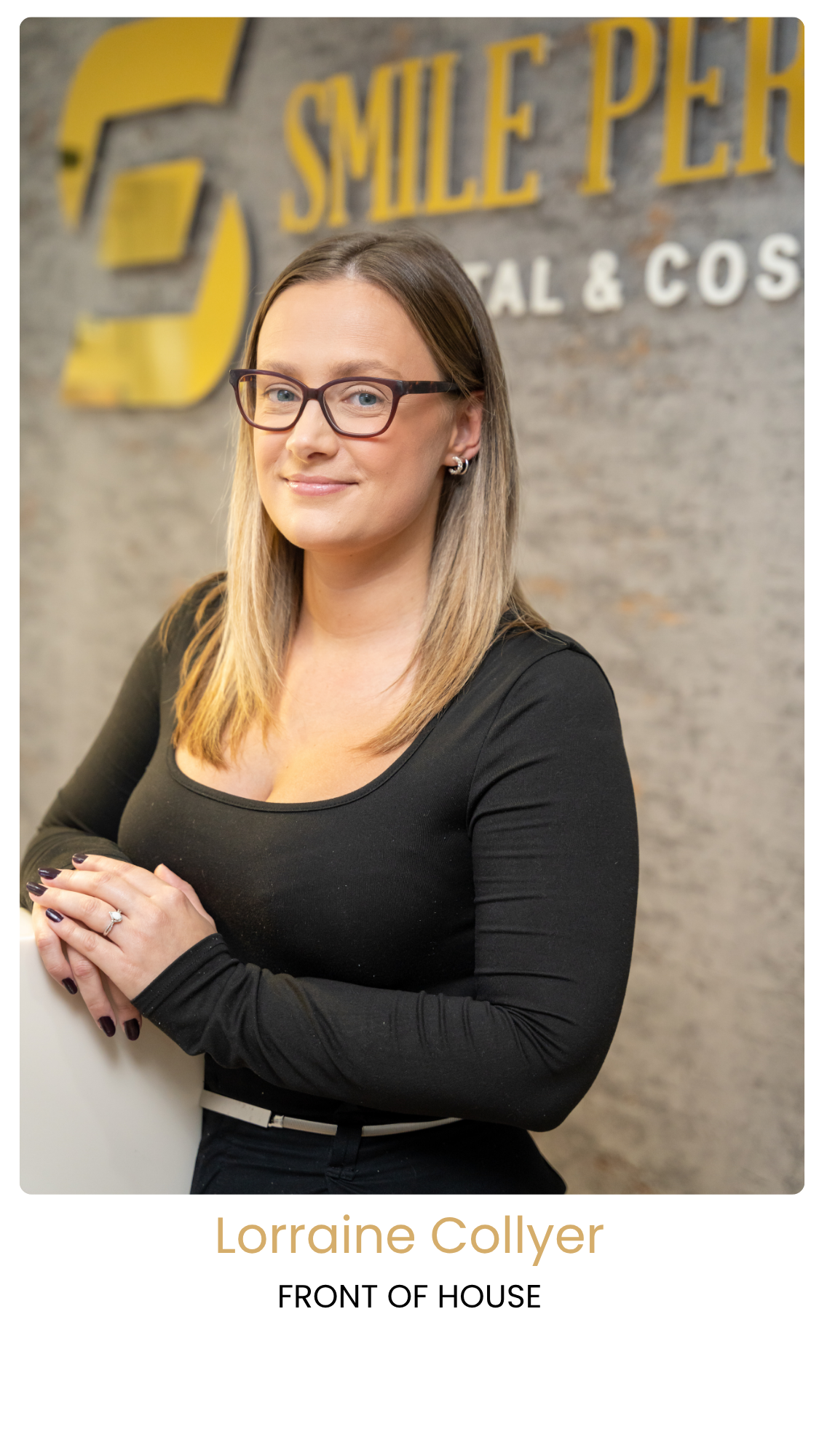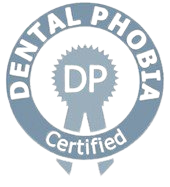Hyperhidrosis in Oadby, Leicester
Hyperhidrosis, or excessive sweating, goes beyond the body’s natural cooling mechanism. For approximately 1% of the population, the sweat glands are in constant overdrive, leading to sweating that can disrupt daily life and impact confidence. At Smile Perfections, we provide proven, effective treatment to help you regain control and feel more comfortable.

Safe and precise
Our treatment uses Botox® to target sweat glands with expert precision, ensuring a safe and effective reduction in excessive sweating.

Tailored to your needs
Every treatment is customised to your specific areas of concern, delivering results that help you feel comfortable and confident.

Quick and convenient
The treatment is simple, minimally invasive, and requires no downtime—perfect for busy lifestyles.

Confidence restored
Regain control over your life with long-lasting results that let you focus on what matters most, free from sweat-related discomfort.
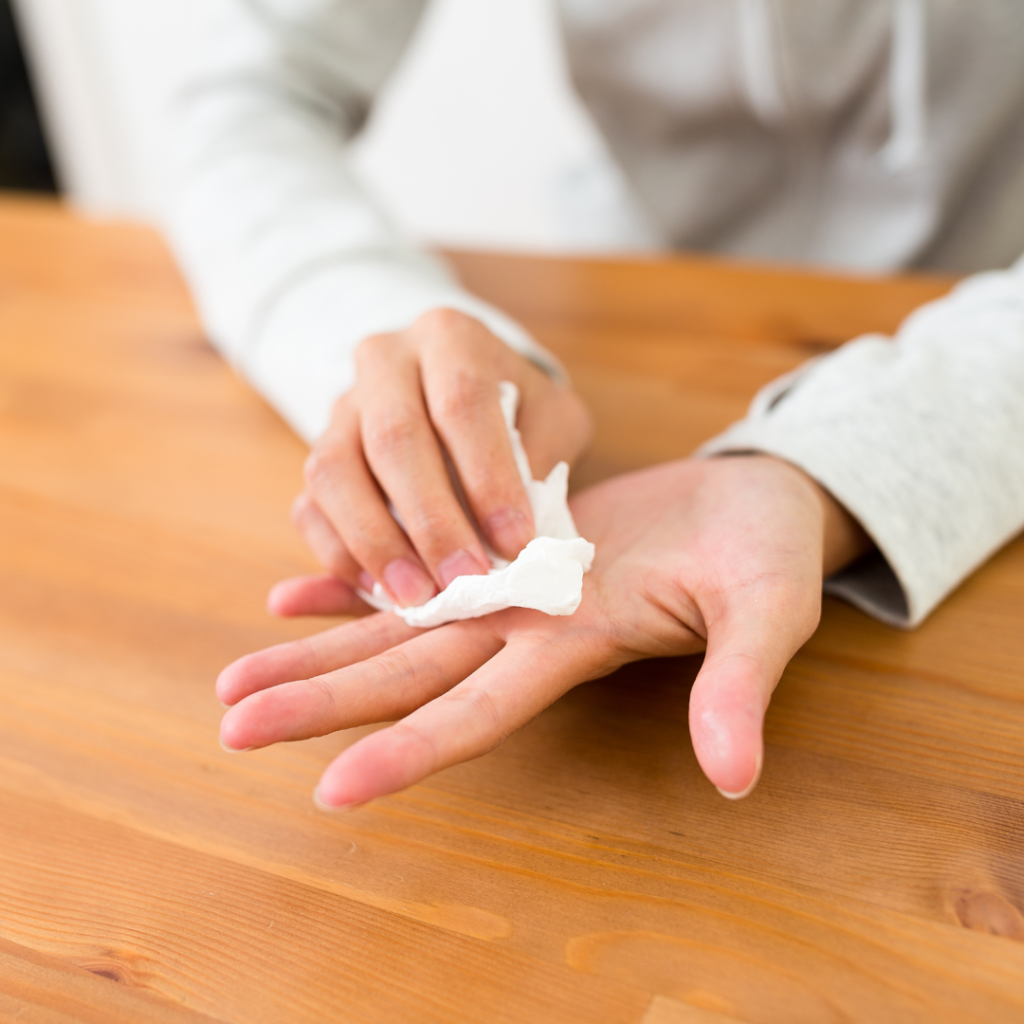
What is hyperhidrosis?
Sweating is a normal response to heat, exercise, or stress, but for those with hyperhidrosis, excessive sweating occurs regardless of these triggers. It can affect any part of the body but most commonly impacts areas such as:
- Underarms
- Hands and feet
- Face and scalp
- Back, neck, and groin
This condition can cause social embarrassment and challenges with daily activities like shaking hands, writing, or using a computer. It often begins in the teenage years and affects both men and women.
How does hyperhidrosis treatment work?
what to expect
At Smile Perfections, we use nerve-dulling injections (Botox®) to reduce excessive sweating. This treatment works by blocking the signals from the brain to the sweat glands, significantly reducing sweat production in the treated areas.
1. Consultation
During your consultation, we’ll assess your condition and ensure this treatment is right for you.
2. Precise application
Around 15–20 small injections are administered to the targeted area. The procedure is quick, typically lasting 30–45 minutes.
3. Comfort-focused care
The injections are minimally invasive, and local anaesthetic can be applied if needed to ensure your comfort.
4. Long-lasting results
Results are typically noticeable within days and can last for several months before a repeat treatment is needed.
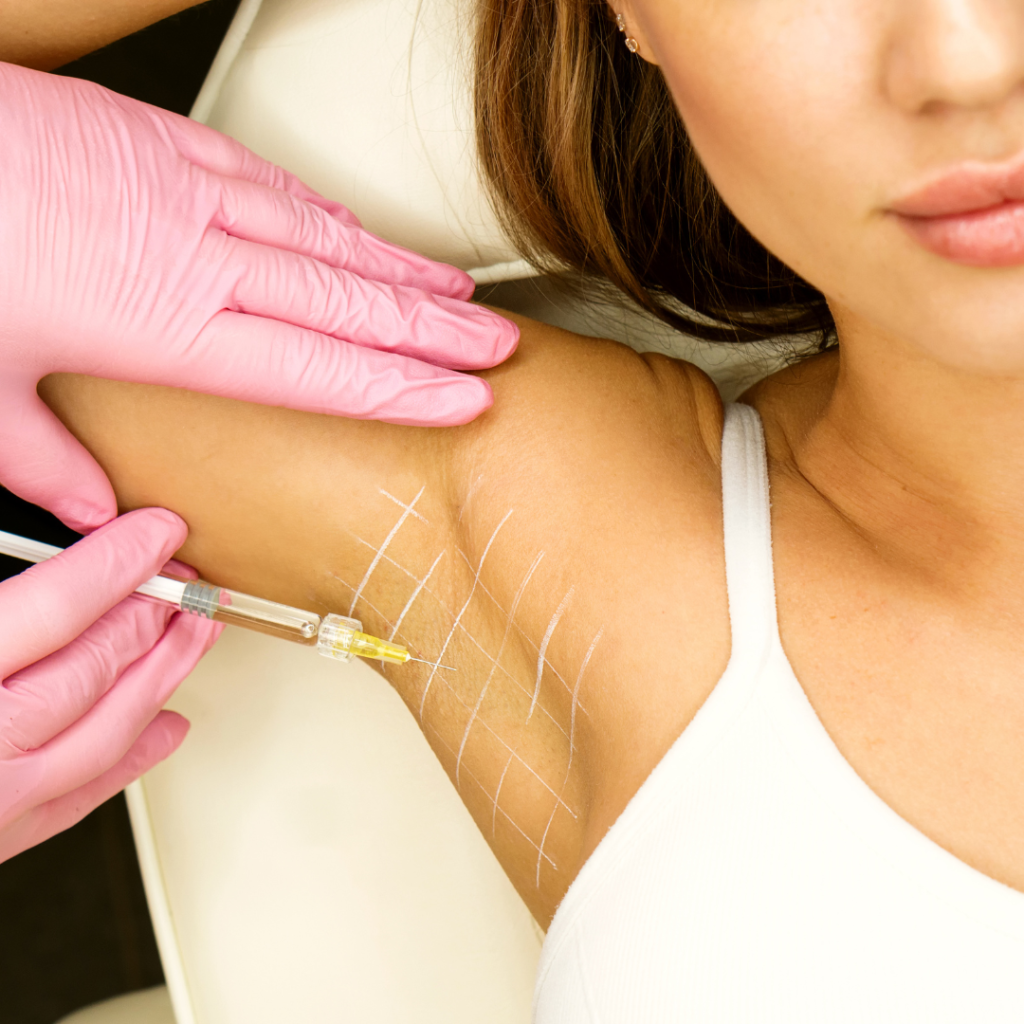
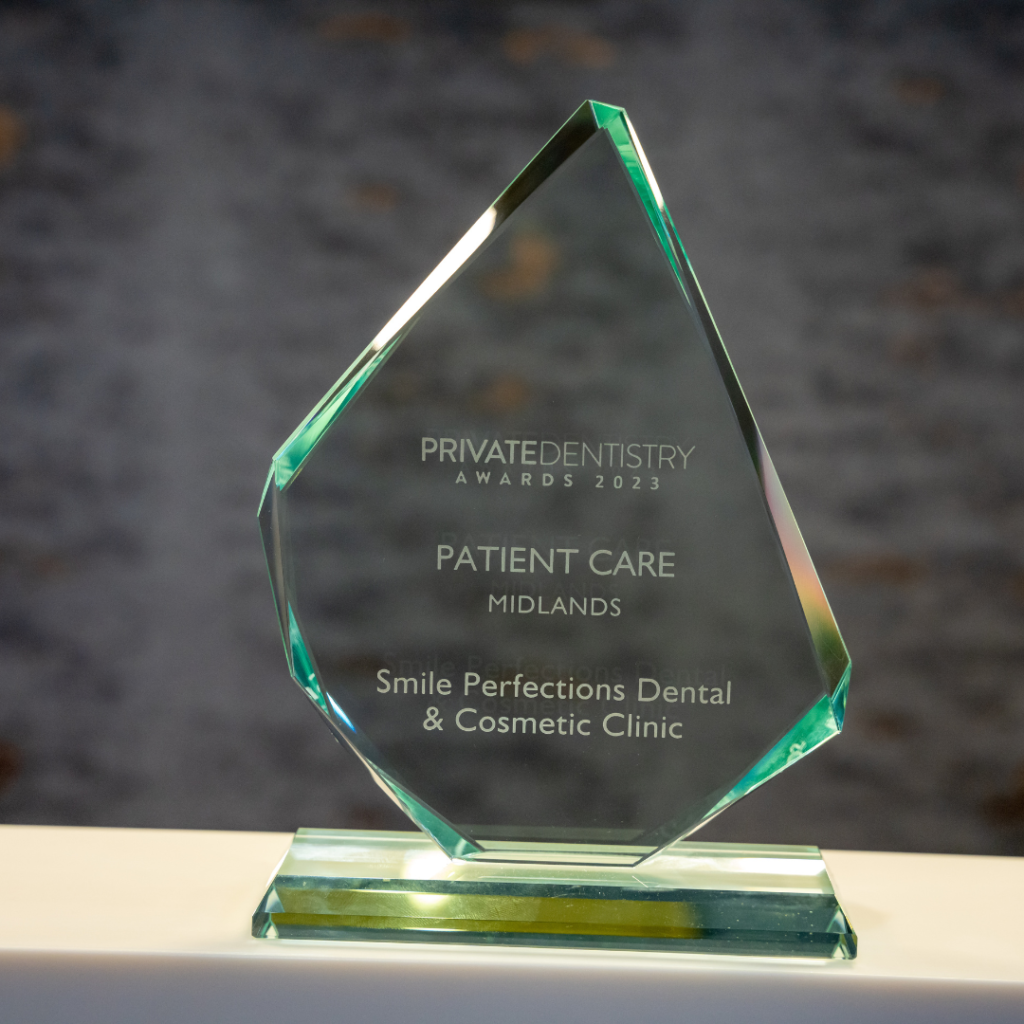
Why choose Smile Perfections for your hyperhidrosis treatment?
- Expert care
- Proven results
- Commitment to safety
- Customised treatment
- Comfort-focused approach
Have a question?
FAQ
We are here to help you! Find the answers to some of the most asked questions here.
The cost of hyperhidrosis treatment varies depending on the clinic and the area being treated. Botox® injections for hyperhidrosis typically range from £300 to £600 per session in the UK, and results can last for 4–6 months.
Hyperhidrosis is not caused by a vitamin deficiency. It’s usually due to an overactive sympathetic nervous system. However, some nutritional imbalances, like low magnesium, may exacerbate symptoms in rare cases.
Spicy foods, caffeine, alcohol, and foods high in sugar can trigger sweating in people with hyperhidrosis. Avoiding these triggers may help manage excessive sweating to some degree.
Stress, anxiety, heat, humidity, and spicy foods can all worsen hyperhidrosis. Certain medications and medical conditions may also act as triggers, so identifying and managing these factors can help.
There’s no guaranteed permanent cure for hyperhidrosis, but treatments like Botox® injections, iontophoresis, and even surgery (in extreme cases) can provide long-term relief. Discuss options with a specialist to find the right solution for you.
Bringing smiles to life!













